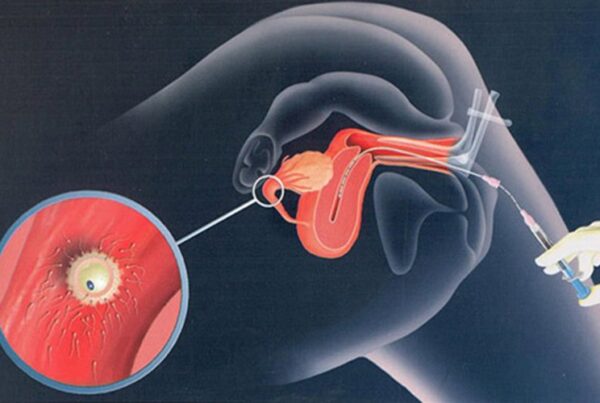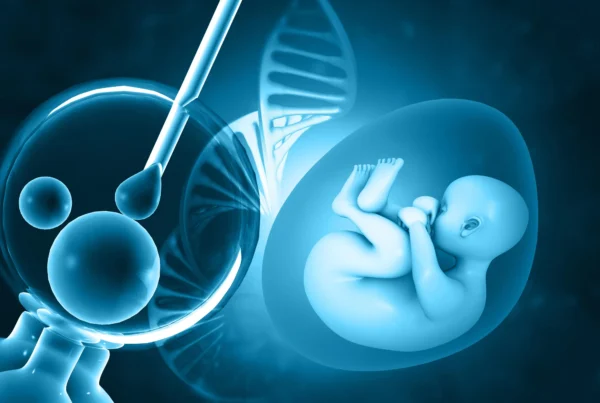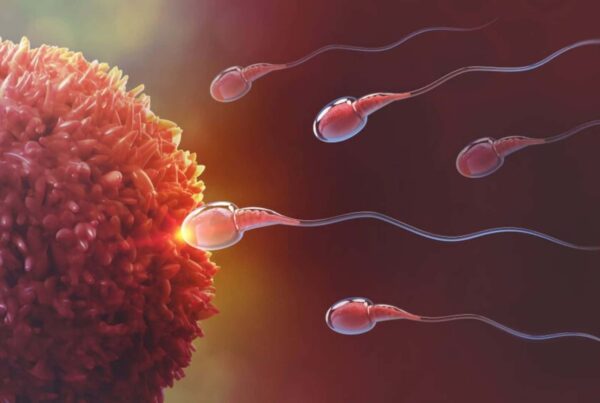Ovulation (Ovulatory) Problems
Under normal conditions, a woman ovulates once a month. However, if ovulation occurs infrequently, irregularly, or not at all, this is considered an ovulatory disorder. The most significant symptom indicating a potential ovulatory disorder is irregular menstrual periods. Even women who have regular menstrual cycles can experience ovulation disorders. A decrease, increase, or irregular release of certain brain hormones responsible for regulating female sex hormones can lead to ovulation disorders. Additionally, thyroid and prolactin (milk hormone) disorders can manifest as ovulatory problems.
The most common cause of ovulatory dysfunction today is Polycystic Ovary Syndrome (PCOS), which is characterized by multiple ovarian cysts, irregular menstrual periods, excessive hair growth, hair loss, and severe acne.
Decreased Ovarian Reserve
Another issue related to the ovaries is decreased ovarian reserve. The most notable cause of diminished ovarian reserve is advanced age. While women under 30 have a conception rate of around 20% per month, this rate can drop to 5% or less for women aged 40 and above. Although decreased ovarian reserve and a reduction in anti-mullerian hormone (AMH) levels are more common with age, they can also occur at a young age, albeit rarely. In such cases, success rates with in vitro fertilization (IVF) treatments are lower.
Regardless of age, genetic or hereditary factors may lead to a decline in ovarian capacity at an early age. Ovarian reserve can be assessed through blood hormone tests or a simple gynecological ultrasound. The most valuable tests today include counting the number of follicles in both ovaries during the menstrual cycle and measuring Anti-Mullerian Hormone (AMH) levels. In cases where ovarian reserve is found to be low, it is advisable to start assisted reproductive treatments without delay.
Endometriosis, a common gynecological problem that reduces ovarian reserve, can spread within the abdomen and affect various organs. It often manifests as an endometrioma (chocolate cyst) on the ovaries. In the presence of chocolate cysts, ovarian capacity should be carefully evaluated. For women planning to conceive, treatment options should be thoroughly considered. If the disease is in an advanced stage, characterized by large, painful, and progressive cysts, surgical removal via laparoscopy may be necessary. However, in cases of bilateral cysts, poor ovarian reserve, previous surgeries, or advanced maternal age (over 37), IVF may be a better option. Women who undergo surgery for chocolate cysts may experience a decline in ovarian reserve over time.
Uterine Problems
For successful IVF treatments and the healthy progression of pregnancy, it is crucial that the uterine lining, where embryos are implanted, is structurally normal. Congenital uterine shape abnormalities, uterine septum (septate uterus), polyps, or adhesions resulting from previous miscarriages or curettage procedures can cause issues with embryo implantation. Many of these problems can be diagnosed and treated through simple ultrasound, hysterosalpingography (HSG), or hysteroscopy.
Tubal Problems
Another issue related to the ovaries is decreased ovarian reserve. As mentioned earlier, age is the most significant factor in the reduction of ovarian reserve. While women under 30 have a 20% chance of conceiving each month, this drops to 5% or lower after the age of 40.




